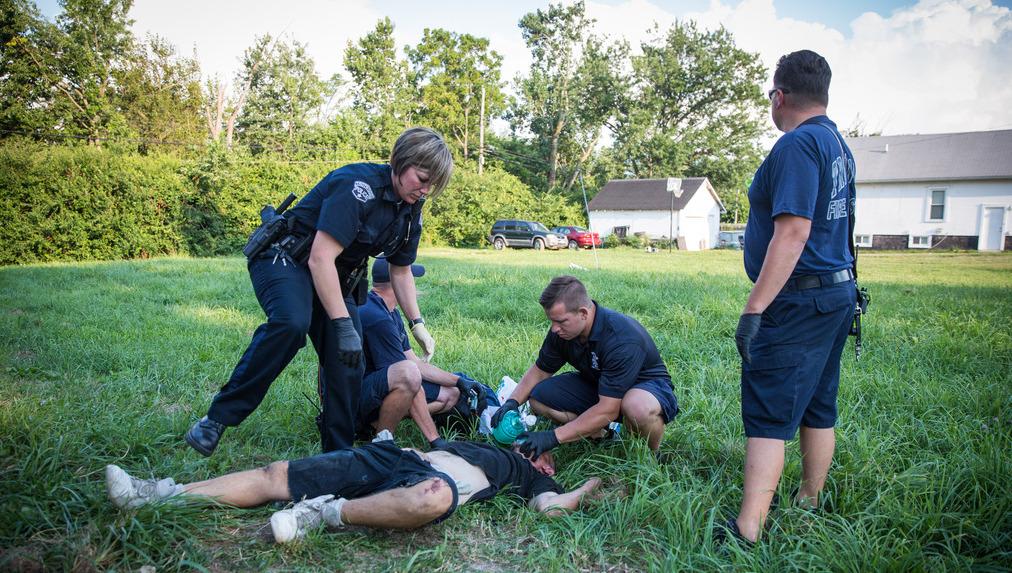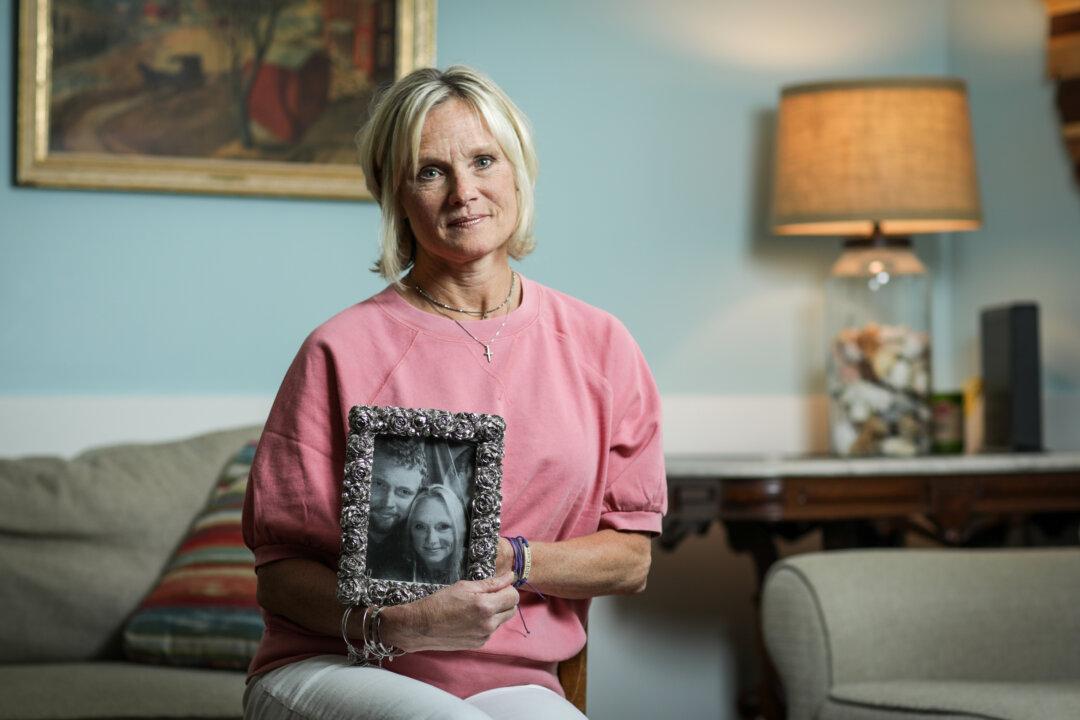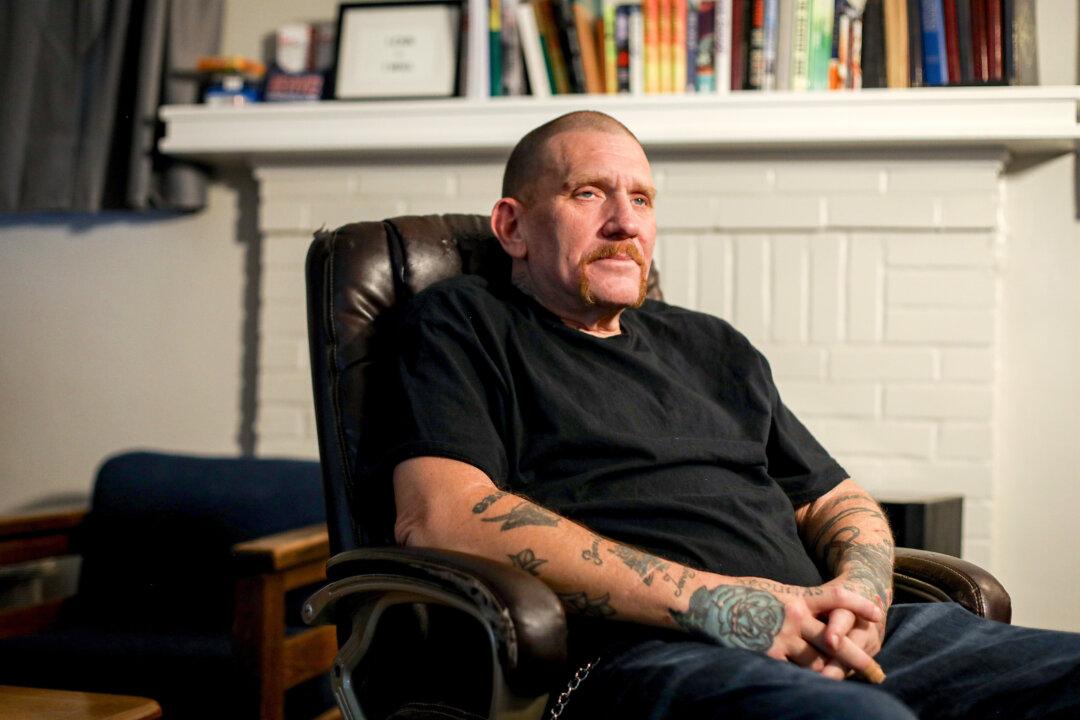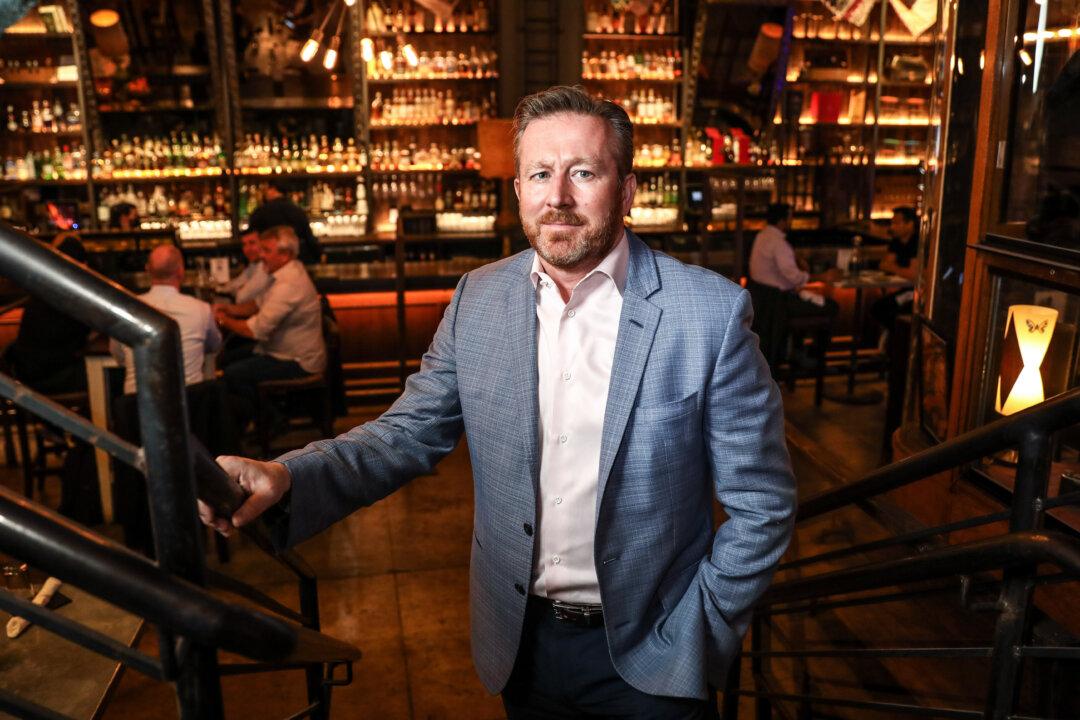NEW YORK—As efforts to combat the opioid epidemic ramp up at the federal level, countless nonprofits and organizations at state and local levels spend each day dedicated to fighting the battle, oftentimes on the front lines.
The specific missions of these groups differ from each other, with some focusing on passing legislation in Congress, some promoting educational initiatives, while others organize faith-based programs. But all are united in a common goal: stemming the tide of the deadly opioid crisis, which, on average, takes the lives of 130 people every day across the United States.





